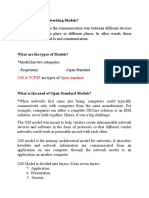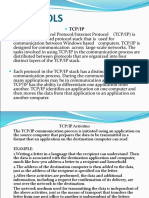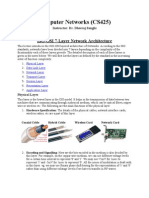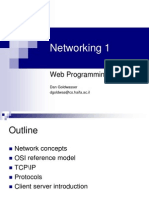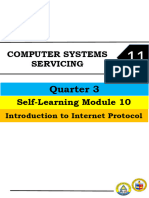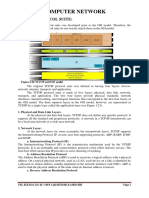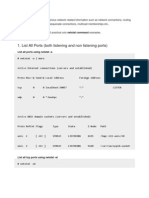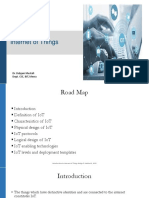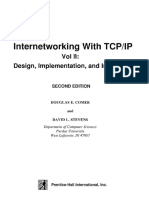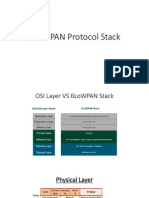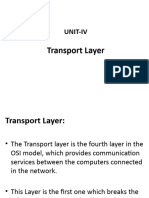0% found this document useful (0 votes)
10 views49 pagesModule 2
The document discusses network communication in distributed systems, focusing on the TCP/IP model and its four layers: data link, internet, transport, and application. It explains how messages are transmitted between machines, emphasizing the importance of protocols like HTTP for communication between compute nodes. Additionally, it highlights the structure of HTTP requests and the significance of methods like GET and POST in distributed environments.
Uploaded by
pitchumaniangayarkanniCopyright
© © All Rights Reserved
We take content rights seriously. If you suspect this is your content, claim it here.
Available Formats
Download as PPTX, PDF, TXT or read online on Scribd
0% found this document useful (0 votes)
10 views49 pagesModule 2
The document discusses network communication in distributed systems, focusing on the TCP/IP model and its four layers: data link, internet, transport, and application. It explains how messages are transmitted between machines, emphasizing the importance of protocols like HTTP for communication between compute nodes. Additionally, it highlights the structure of HTTP requests and the significance of methods like GET and POST in distributed environments.
Uploaded by
pitchumaniangayarkanniCopyright
© © All Rights Reserved
We take content rights seriously. If you suspect this is your content, claim it here.
Available Formats
Download as PPTX, PDF, TXT or read online on Scribd
/ 49






